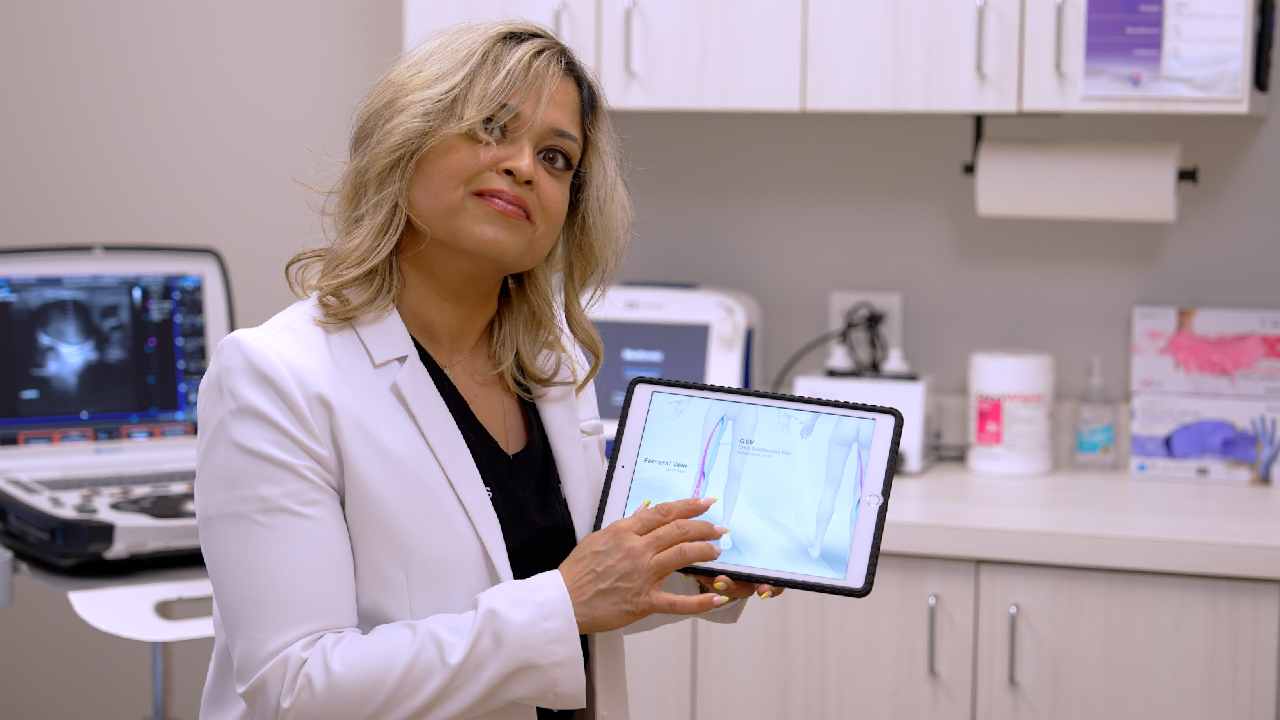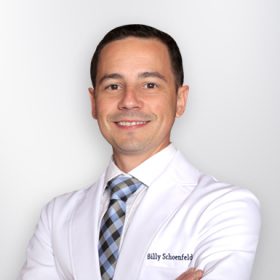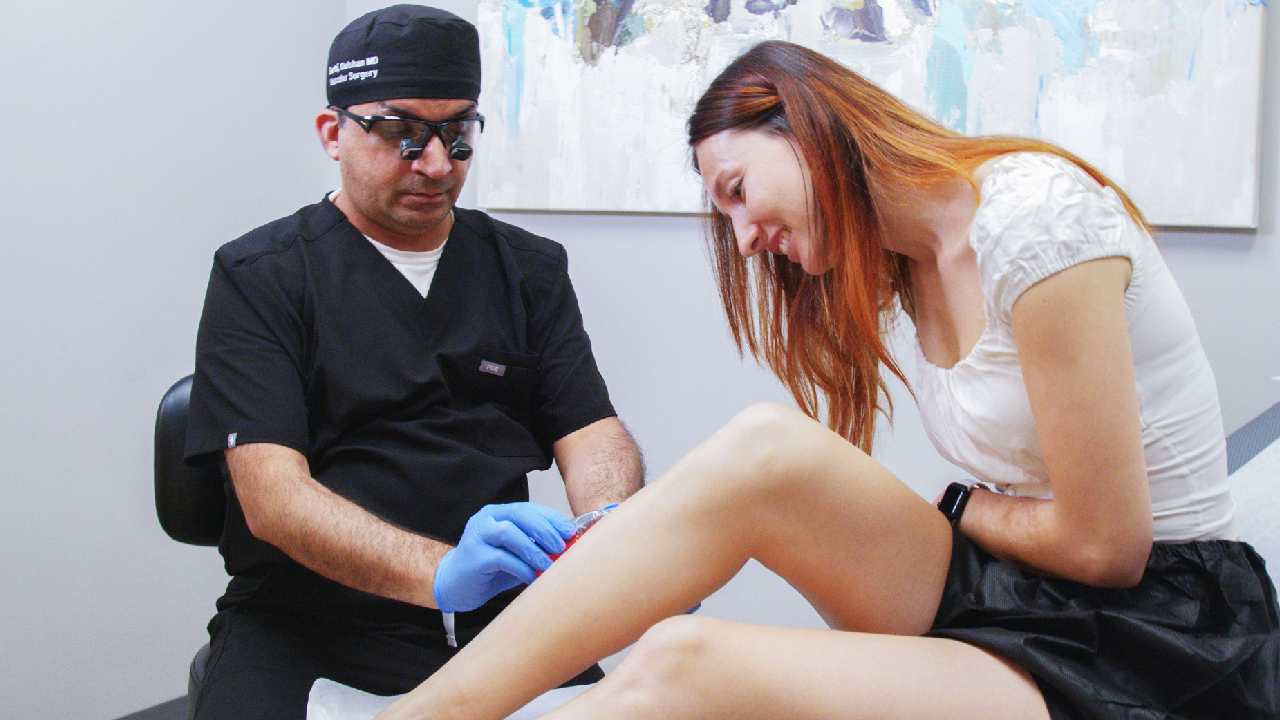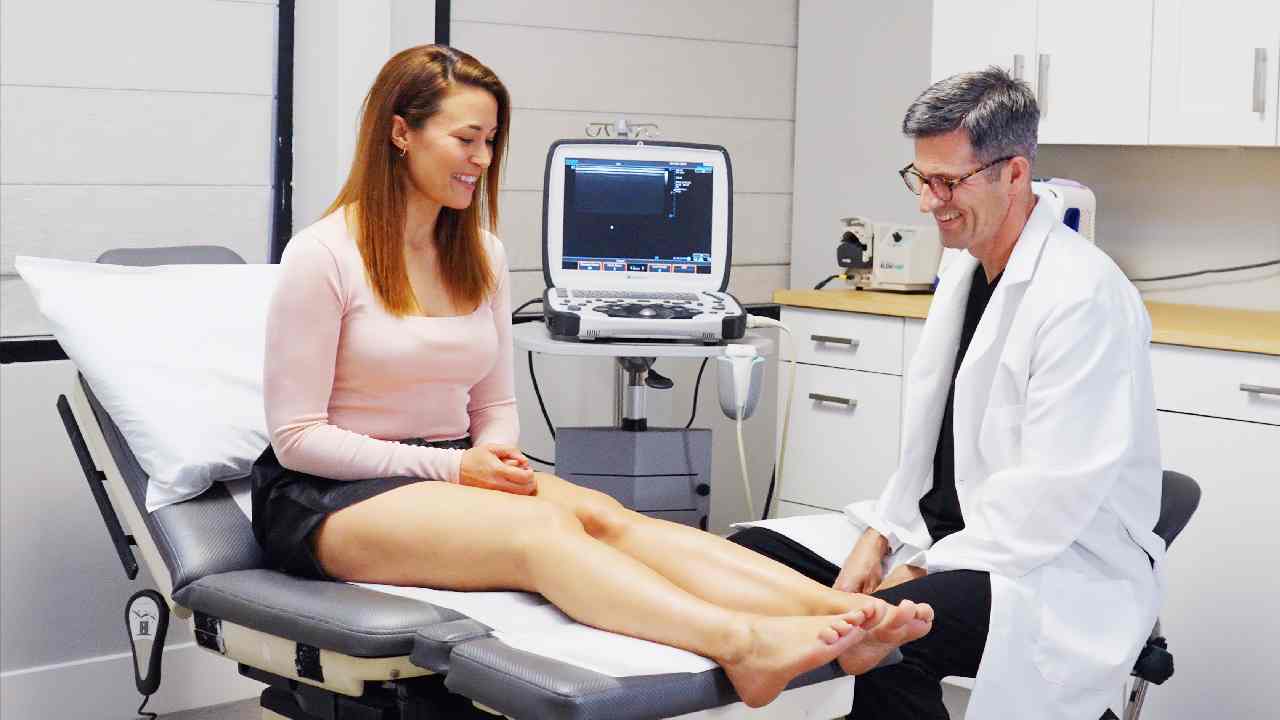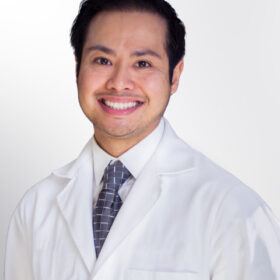
The Complete Guide to Laser Vein Treatment
More than half of all Americans develop varicosas y spider veins at some point in their lives. Many women notice them during pregnancy, and they are increasingly common among men and women after age 50. At one time, the only treatment for varicose veins was an invasive surgery known as vein stripping. Fortunately, there have been significant advances in this area of medicine, and today’s varicose and spider vein treatments are fast, effective, and virtually pain-free.
Laser vein treatment is a popular solution for eliminating varicose and spider veins, and it can be performed in under an hour. There is no need to visit a hospital. Your vein treatment clinic offers this service on-site. Recovery time is minimal, and you can return to your normal activities within a day or two. Your vein doctor and vein specialist in New Jersey, New York, California and Maryland can help you decide if this treatment is right for you.
Are you interested in getting more information about your condition or getting a treatment?
Fill the form below to start!
What Causes Varicose Veins and Spider Veins?
It is a myth that varicose veins and spider veins are simply a cosmetic issue. In many cases, they are a symptom of underlying vein disease. Unfortunately, this disease often goes undiagnosed, which can lead to a variety of other problems.
Varicose veins and spider veins signal an issue with your circulation. In a healthy body, arteries carry oxygenated blood to your bones, muscles, and tissues. Once the oxygen supply is depleted, veins move the deoxygenated blood back to your heart, where it is pumped to your lungs. The process of transporting blood from the lower half of your body to your heart is challenging, because your veins are working against gravity to keep blood flowing in the right direction.
Inside your veins, there is a series of tiny valves that only open in one direction. These are specifically designed to ensure your blood flows towards your heart, instead of settling in your legs. When the valves become damaged through injury or disease, blood can leak through. It pools in the lower half of your body, which leads to pressure and swelling in the veins.
As the pressure in your veins builds, other valves are damaged, and there is harm to the vessel walls. This causes your veins to become weaker and more fragile. Eventually, this condition can develop into a disease called Chronic Venous Insufficiency (CVI).
When engorged veins are located close to the surface of your skin, you start to see the signs of varicose and spider veins. Varicose veins protrude against your skin, and they appear large and twisted. Spider veins look more like a web of blue, red, or purple lines just beneath the surface of your skin. However, these aren’t the only symptoms of CVI.
What are the Symptoms of Vein Disease?
Varicose veins and spider veins are the most visible signs of CVI, but patients usually notice other symptoms as well. Many people with vein disease report feelings of weakness and heaviness in their legs, and it is common to experience sharp leg cramps– particularly at night. Restless leg syndrome is one of the more frustrating symptoms of vein disease, because it often interferes with sleep. This condition is marked by a need to stretch and move your legs frequently.
If left untreated, the swelling in your legs can cause various skin-related issues. At first, the skin on your legs can feel tight or itchy. You may notice discoloration on your legs and ankles, and your skin may become increasingly fragile. In the most serious cases, the areas where skin discoloration has occurred lose the ability to heal quickly from minor cuts and scrapes. This makes it possible for bacteria to get in, and you can develop severe infections such as cellulitis.
The good news is that these issues can be prevented with accurate diagnosis and treatment. Your vein doctor specializes in determining the underlying cause of your varicose and spider veins, so that you can get the best possible treatment for your condition.
How Does Laser Vein Treatment Work?
No matter how carefully you manage your health, vein disease isn’t always preventable. If you develop varicose or spider veins, visiting your vein doctor to obtain an accurate diagnosis is important. Together, you will create a treatment plan that relies on methods that have been proven effective. One of the most popular is Endоvеnоuѕ Laser Ablаtіоn (EVLA).
Laser vein treatment is done right in your vein specialist’s office. There is no need for general anesthesia. Your physician uses a local anesthetic to numb the area being treated and then uses ultrasound technology to guide the laser treatment. This procedure relies on a targeted beam of laser energy delivered to the unhealthy vein through a small laser fiber. The laser causes the diseased vein to close, and your blood is naturally rerouted through other, healthier veins. The tissue from the closed vein is reabsorbed by your body, eliminating the varicose and spider veins.
The entire procedure takes less than an hour, and you can typically return to your normal activities right away. Your doctor may recommend that you avoid long periods of sitting and standing and strenuous exercise during the recovery period. You will also be asked to wear compression stockings for a few days to ensure healthy circulation in and around the treated area.
Laser vein treatment has a success rate of 97 percent, making it a common choice for tratamientos para venas várices. It can be used in various situations, including treatment of the saphenous vein, which is found just beneath the surface of your skin. The length and location of this vein puts it at greater risk of damage.
The Vein Treatment Clinic specializes in the diagnosis and treatment of vein disease. You can expect the highest standard of care from the Vein Treatment Clinic’s Certified physicians, all of whom observe the protocols recommended by the American College of Phlebology. Schedule a consultation with our vein specialists.
Who is at Risk for Vein Disease?
Vein disease is primarily found in those who have reached the age of 50, though it can develop earlier in some situations. Many of the risk factors for CVI are outside of your control, but you can reduce some of your risk through certain lifestyle choices.
There is a genetic component to vein disease, so if you have a family history of varicose veins, you are at a higher risk of developing the condition. A history of cancer, blood clots, or injury to your legs can be a factor as well. Women who are pregnant and those going through menopause are also at higher risk.
While there isn’t much you can do about your family history, you can take action to reduce the likelihood that you will develop vein disease. Avoiding smoking is an excellent first step. Maintaining a healthy weight helps reduce your risk, and it is important to take frequent breaks and move around if you find yourself sitting or standing for long periods of time.
FEATURED POSTS BY VEIN DOCTORS









